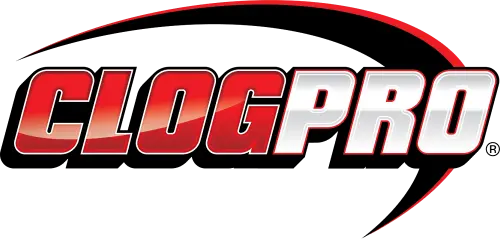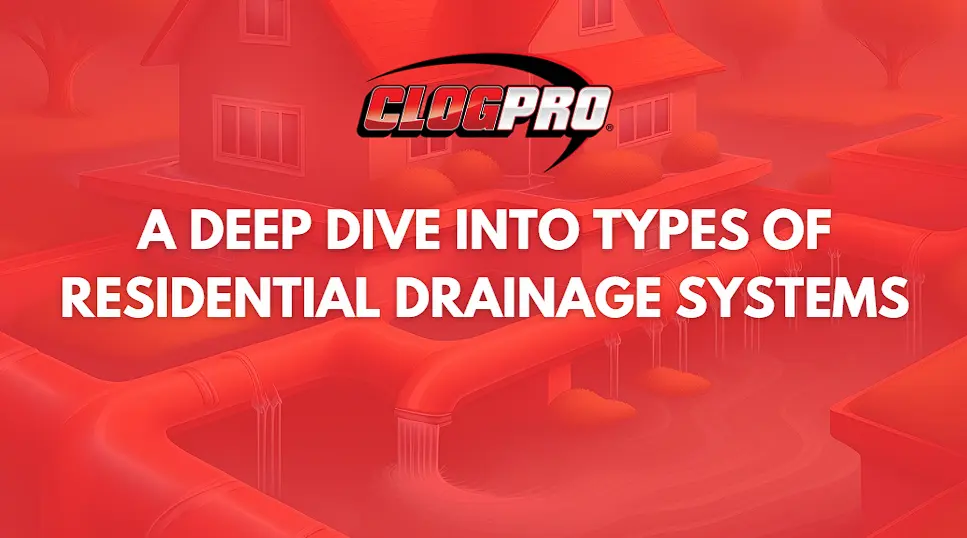To ensure the safety and protection of your home from costly water damage, it’s crucial to understand the various types of residential drainage systems. Surface drainage systems, like catch basins and trench drains, protect against water pooling. With their drain tiles, subsurface systems manage soil water seepage, preventing waterlogged soil and basement flooding. Slope drainage is a security measure on hilly terrains, controlling runoff with channels or pipes. Downspout and gutter systems guide stormwater away from foundations, safeguarding your home’s structure. Finally, French drains help redirect water away from your home with their trenches and perforated pipes, providing an extra layer of protection. Explore how these systems can keep your property safe and dry.
Surface Drainage Systems
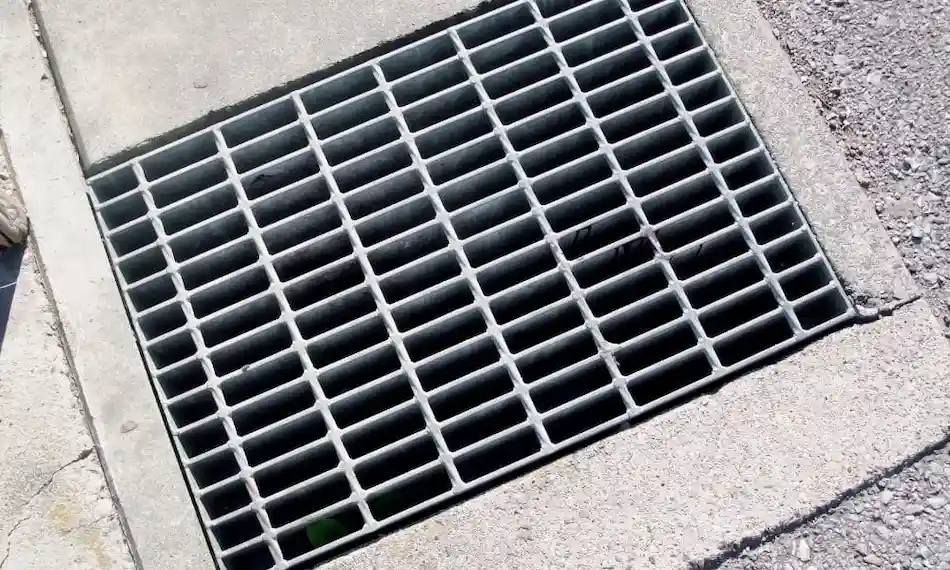
Surface drainage systems are designed to quickly remove water from the surface of your property, preventing pooling and potential damage. These systems are essential for maintaining the integrity of your landscape and foundation. By directing water away from your home, surface drainage systems help avoid erosion, flooding, and structural damage.
One key component of surface drainage systems is the catch basin. Catch basins are installed at various low points around your property to collect and funnel water away. They typically feature a grate, allowing water to flow while keeping debris out. Once water enters the catch basin, it’s directed into a network of pipes that carry it away from your home.
Trench drains are another vital part of surface drainage systems. These long, narrow channels are designed to collect water over a larger area. Installed flush with the ground, trench drains are especially effective along driveways, patios, and walkways. By capturing runoff and channeling it away, trench drains help prevent water from accumulating in unwanted areas.
Incorporating catch basins and trench drains into your surface drainage system ensures efficient water management and protects your property from water-related issues.
Subsurface Drainage Systems
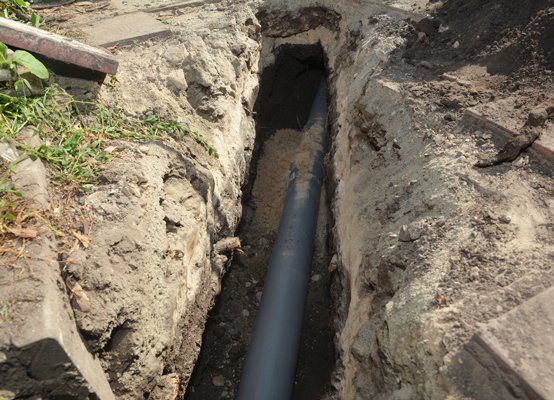
Subsurface drainage systems are designed to handle water that seeps into the ground, preventing issues like waterlogged soil and basement flooding. Typically, subsurface drainage systems utilize drain tiles and underground perforated pipes. These pipes collect excess water from the soil and direct it away from your home’s foundation, keeping the water table safe.
Drain tiles work best in soils with good permeability, meaning the soil can absorb and transmit water efficiently. If your soil isn’t naturally porous, you should improve it by adding materials like gravel or sand around the drain tiles to facilitate better water flow.
These systems are particularly important in areas where the water table is high, as they help lower it by providing an effective path for the water to travel away from the property. By installing a subsurface drainage system, you can protect your lawn, garden, and home from the detrimental effects of excessive moisture. Whether you’re dealing with frequent heavy rains or want to ensure your foundation stays dry, subsurface drainage systems offer a reliable solution.
Slope Drainage Systems
When dealing with hilly or sloped terrains, slope drainage systems are essential to effectively manage water runoff and prevent erosion. These systems are designed to safely guide water down a slope, minimizing the risk of damage to your property. Proper grading guarantees that water flows away from structures and landscapes rather than pooling and causing erosion.
Slope drainage systems typically involve creating channels or pipes that run down the slope, directing water to a safe drainage point. This method helps control the speed and volume of water, reducing the chances of erosion and soil displacement. Proper grading is vital in these systems, as it determines the direction and efficiency of water flow.
In addition to preventing erosion, slope drainage systems protect your foundation and landscaping from water damage. Hilly terrains can experience significant water accumulation without them, leading to structural issues and unsightly erosion scars. Investing in a well-designed slope drainage system safeguards your home and maintains the aesthetic and functional integrity of your property. So, if you’ve got a sloped yard, consider installing a slope drainage system to keep your property in top shape.
Downspout and Gutter Systems

Have you ever wondered how gutters and downspouts protect your home from water damage? These essential components of residential drainage systems effectively manage stormwater, preventing it from pooling around your foundation. By channeling rainwater away from your home, gutters and downspouts help mitigate soil erosion, basement flooding, and structural damage.
The installation process for gutters and downspouts is simple but requires careful planning and precision. First, you’ll need to measure and cut the gutter sections to fit the edges of your roof. Secure them with brackets, ensuring a slight tilt towards the downspouts for efficient water flow. Downspouts should be attached and directed away from your home’s foundation, ideally towards a drainage ditch or a rain barrel for stormwater management.
As a homeowner, your role in effectively managing stormwater is vital. Properly installed gutter and downspout systems are the first line of defense, swiftly directing water away from your home and reducing the risk of costly water damage. By paying attention to the installation process and regular maintenance, you can actively protect your home and landscape from the adverse effects of heavy rainfall. Your involvement is key to the longevity and efficiency of these systems.
French Drains
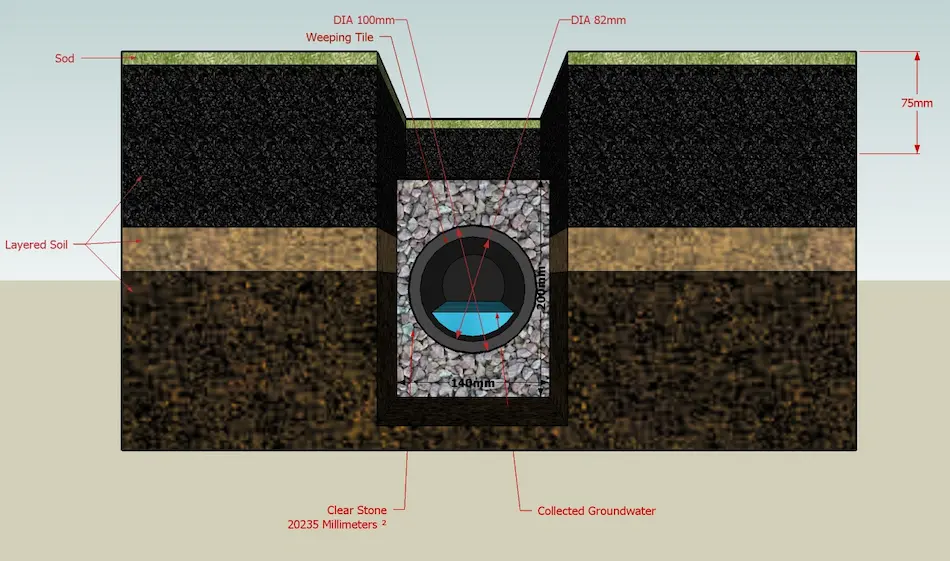
After understanding the importance of gutters and downspouts, let’s explore how French drains can further enhance your home’s drainage system. French drains are a type of subsurface drainage system designed to redirect water away from your home’s foundation, preventing water damage and erosion.
These systems consist of a trench filled with drainage materials like gravel and a perforated pipe that collects and channels water away from problematic areas. Installing a French drain effectively addresses issues like water pooling and soil saturation, which can jeopardize your home’s stability.
Maintenance and repair of French drains are essential to ensure long-term functionality. Regularly inspect the trench for clogs or blockages, especially after heavy rains. Leaves, roots, and other debris can often obstruct the perforated pipe, reducing efficiency. If you notice standing water or reduced drainage, it might be time for a thorough cleaning or professional assessment.
French drains are particularly effective when combined with other drainage solutions like gutters and downspouts, forming a comprehensive system that protects your home from water damage. With proper installation and maintenance, a French drain can be a long-lasting, efficient solution for your drainage needs.
Frequently Asked Questions
How Do Local Regulations Impact the Design of Residential Drainage Systems?
Local regulations profoundly impact residential drainage system design. They dictate the materials you can use, where to place drains, and how systems must handle runoff to prevent flooding and erosion. Ignoring these rules can lead to fines or having to redo your entire setup. Always check local codes and get the necessary permits to ensure your drainage system is compliant and effective.
What Are the Key Maintenance Tips for Preventing Drainage System Blockages?
To prevent drainage system blockages, regularly clear debris from gutters and downspouts. Inspect catch basins and trench drains for clogs and guarantee that the area around French drains is free of silt and roots. Regularly check for signs of erosion and address them promptly. Use a sump pump if necessary to manage excess water, and always follow a consistent maintenance schedule to keep everything flowing smoothly.
How Does the Water Table Affect Residential Drainage System Efficiency?
The water table can greatly impact the efficiency of your residential drainage system. If it’s high, water may saturate the soil quickly, leading to potential flooding and poor drainage performance. You’ll need a well-designed system with effective subsurface drainage, like French drains, to handle high water tables. Regular maintenance and monitoring are also essential to ensure your system is functioning efficiently and can adapt to any changes in the water table.
What Materials Are Best for Ensuring High Permeability in Drainage Systems?
You’ll want to focus on materials like gravel, sand, and crushed stone for high permeability in drainage systems. These materials allow water to pass through easily, preventing any build-up that could lead to flooding. Additionally, perforated pipes can enhance drainage efficiency. Consider geotextiles, which help maintain soil stability while allowing water flow. Choosing the right materials guarantees your drainage system works effectively.
Why Is a Drainage Plan Essential Before Installing a New Drainage System?
A drainage plan is essential before installing a new system because it guarantees proper water flow and prevents potential flooding or erosion. It also helps you understand your site’s needs, comply with local regulations, and optimize material use. With a plan, you might avoid costly repairs or inefficient drainage. So, take this vital step; it’s essential for a successful and effective drainage system.
